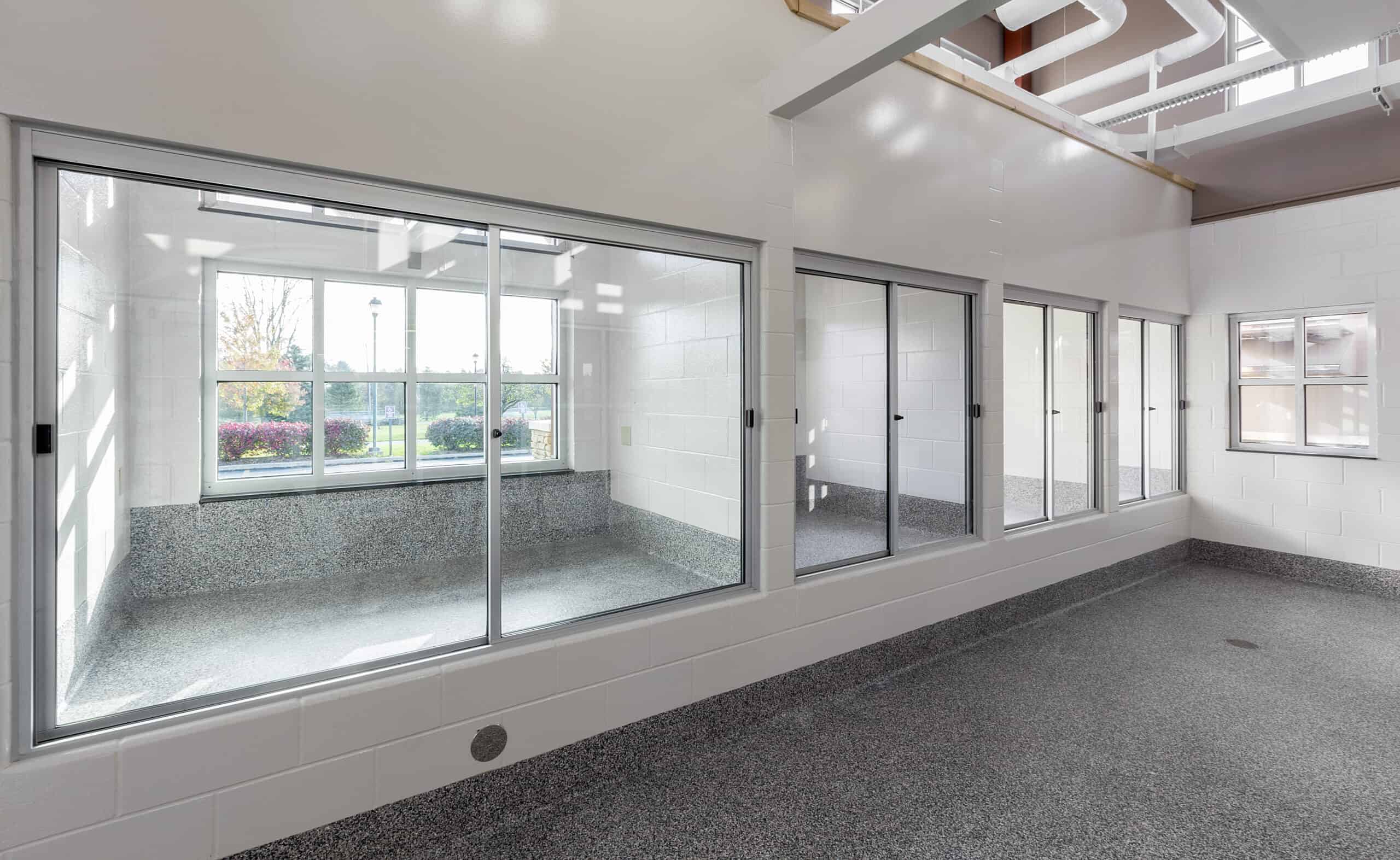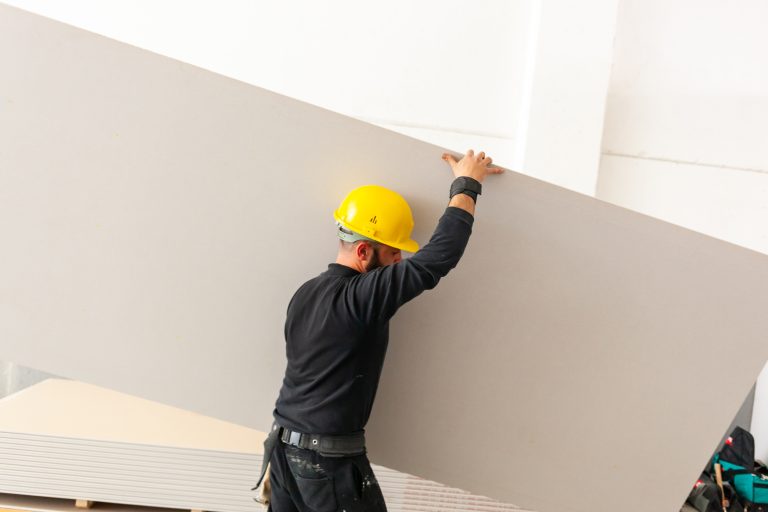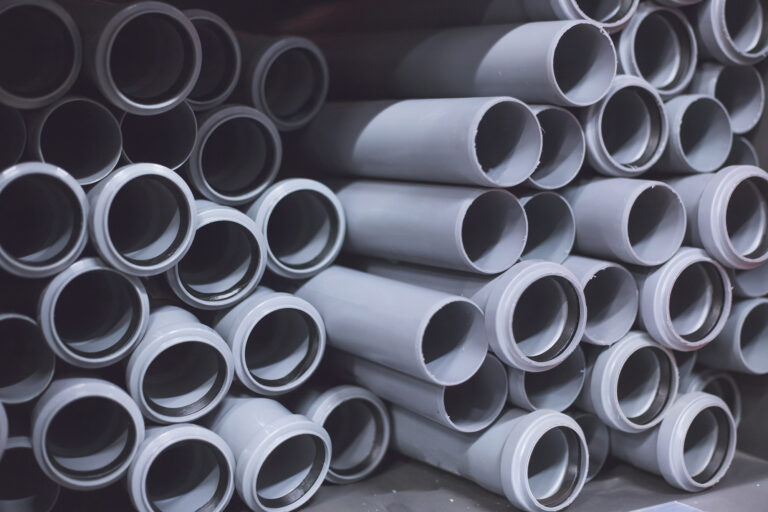Glass is an extremely common material in construction projects and is encountered often in daily life, as it has diverse applications from the practical to the aesthetic. It is transparent, easy to shape, inexpensive to manufacture, and can be recycled numerous times. But what is glass, and how exactly is it made? In this post, we explore this popular building material in depth.
The process of manufacturing glass is believed to have originated in Egypt and Mesopotamia, and dates back to the Bronze age. It was initially used for jewelry and vessels, such as jars and bowls, but by the Renaissance had taken its place in architecture. Part of the reason glass was so accessible to earlier civilizations is the fact that it is made from natural raw materials that are found in abundance, such as soda ash, limestone, and sand. It is also relatively simple to make, as these materials have a structure that, when exposed to very high temperatures – upward of 1500 degrees Celsius – melts, chemically transforming into a new material (glass) as it cools. Glass is technically an amorphous solid, which means that it never fully sets into a solid state, and behaves similarly to a liquid when it is heated. Thus, glass has some molecular properties of both a liquid and a solid, and can be shaped, poured, and moulded into a wide variety of shapes.
In modern manufacturing plants, sand is often mixed with a combination of soda ash, limestone, and waste glass from recycling collections, and the mixture is placed in a furnace where it is heated to the melting point. This is where the soda ash comes into play; it reduces the melting point of the sand and saves energy. Interestingly, this process actually produces a kind of glass that dissolves in water, which is why the limestone is added – it counters this obvious drawback. After reaching a liquid state, the glass is then either floated – poured onto a vat of molten metal to create flat sheets – or moulded into containers. The end product of this particular glass manufacturing process is called soda-lime-silica glass, and is the ordinary glass we typically encounter on a daily basis.
Depending on the desired application, glass can be further processed to enhance specific properties, such as strength, resistance, or even colour. For example, oven-proof glass is made by adding boron oxide to the glass mixture, whereas to achieve a fine crystal, lead oxide is used. For bulletproof glass, plastic and glass are bonded together; for tinted glass, metallic compounds are added, with different metals providing different colours.
Considering the ease with which glass can be made, and the options it offers in terms of customization, it’s no wonder that it remains a popular choice for construction projects. As new trends and technologies emerge, we will no doubt learn how to further enhance how we use this incredible material.
Looking for a team to take the lead on your next project? At Pulse Construction, we’re committed to doing business with an honest, professional, and competitive approach – without compromising safety or schedules. Contact us today for all of your building needs.



